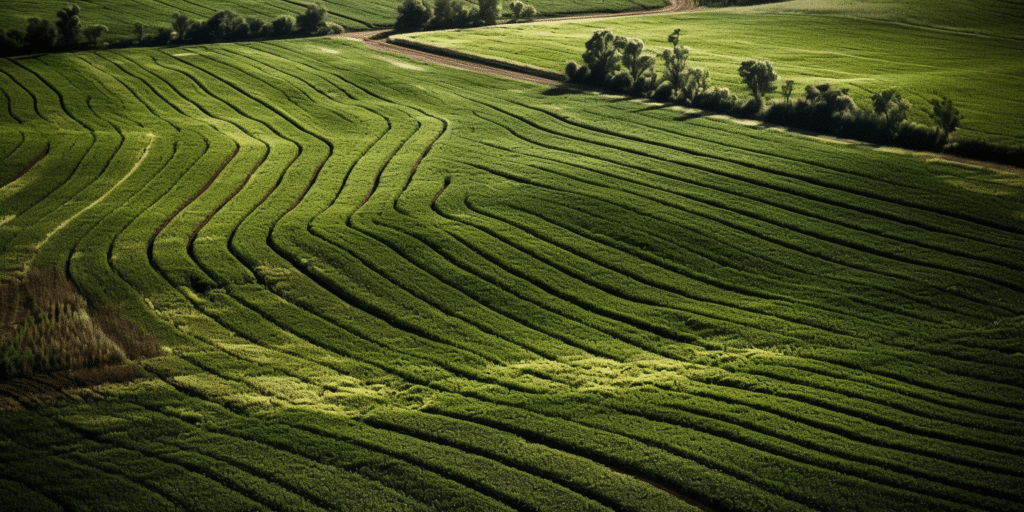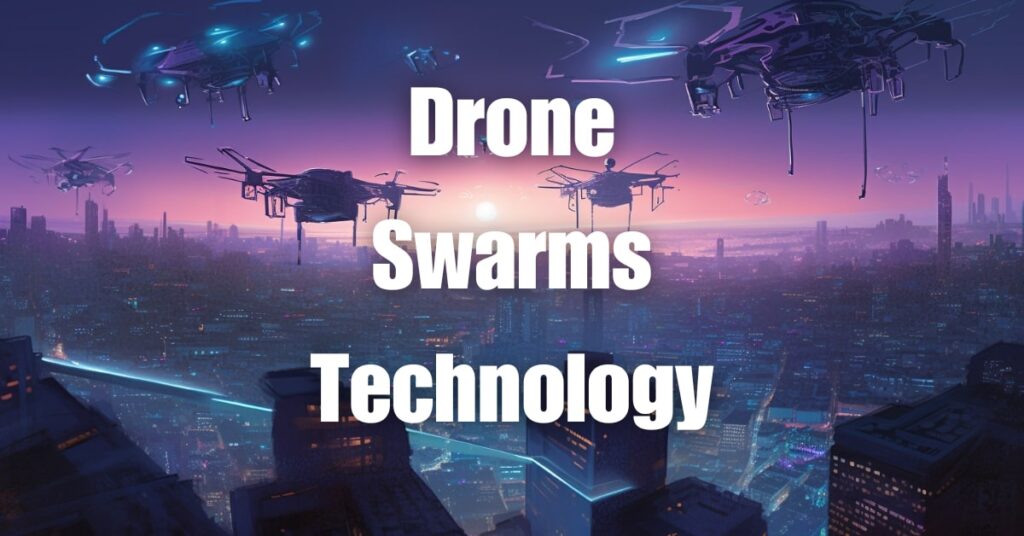Welcome to the world of LiDAR data collection, where precision, accuracy, and efficiency are paramount. To help you navigate this complex landscape, we’ve compiled a comprehensive guide on the top five essential LiDAR best practices. By adhering to these proven strategies, you’ll avoid the pitfalls and maximize the value of your LiDAR data collection efforts. So, let’s dive in and start exploring the key to successful LiDAR data collection!
LiDAR Technology Overview
LiDAR, short for Light Detection and Ranging, is a powerful remote sensing technology that utilizes laser light to measure distances and create accurate, high-resolution, three-dimensional representations of the Earth’s surface. This technology has found applications across various industries, including surveying, forestry, urban planning, environmental monitoring, and more.
The core principle of LiDAR involves emitting laser pulses towards the ground and measuring the time it takes for the light to travel back to the sensor after reflecting off objects or the ground. Combining these measurements with precise GPS and inertial measurement unit (IMU) data allows the creation of detailed 3D point clouds, which can be further processed and analyzed for different purposes.
Essential LiDAR Best Practices
To ensure the success of your LiDAR data collection projects, it’s essential to follow these five best practices:
Proper sensor selection and calibration
Selecting the right LiDAR sensor for your project is crucial, as different sensors offer varying levels of accuracy, resolution, and range capabilities. Assess your project requirements and choose a sensor that best meets your needs in terms of precision, point density, and coverage. Additionally, always ensure that your sensor is properly calibrated before deployment to guarantee the accuracy of the data collected.
Optimal flight planning and parameters
For aerial LiDAR data collection, careful flight planning is key. Consider factors such as flight altitude, speed, and overlap to ensure sufficient point density and coverage. Also, account for the terrain, vegetation, and weather conditions when planning your flights. Optimal flight parameters will help you achieve the desired data quality while minimizing the time and resources required for data collection.
Data validation and quality control
Implementing rigorous validation and quality control measures throughout the LiDAR data collection process is essential. Regularly inspect your LiDAR system for any hardware or software issues, and verify the accuracy of GPS and IMU data. In addition, compare your LiDAR data against ground control points or other reference data to ensure its accuracy and reliability.
Data processing and analysis optimization
Efficient data processing and analysis workflows are vital for extracting valuable insights from LiDAR data. Use specialized software and techniques to clean and preprocess your point cloud data, removing any noise or outliers. Apply appropriate algorithms and methods for feature extraction, classification, and analysis based on your project objectives. Streamlined data processing and analysis workflows will help you maximize the value of your LiDAR data.
Adequate training and expertise
Investing in training and expertise is crucial for the success of any LiDAR data collection project. Ensure that your team has a thorough understanding of LiDAR technology, its principles, and its applications. Provide ongoing training in the latest techniques, software, and best practices to keep your team up-to-date with industry developments. A well-trained and knowledgeable team will be better equipped to handle the complexities of LiDAR data collection and analysis.
Avoiding Common LiDAR Data Collection Mistakes
To ensure the success of your LiDAR data collection projects and optimize the quality of your data, it’s important to avoid some common mistakes:
Insufficient overlap
In aerial LiDAR data collection, maintaining adequate overlap between flight lines is essential for ensuring consistent point density and coverage. Insufficient overlap can lead to gaps in data or uneven point distribution, which may impact the accuracy of the final output. Carefully plan your flight lines to provide sufficient overlap, typically around 30% to 50%, depending on your project requirements and sensor specifications.
Ignoring weather conditions
Weather conditions can significantly affect LiDAR data quality. Rain, snow, and fog can attenuate the laser pulses, reducing the accuracy and precision of the measurements. Strong winds may also impact the stability of the aircraft, affecting GPS and IMU data quality. Always consider the weather conditions when planning your LiDAR data collection flights and reschedule if necessary to ensure optimal data quality.
Inadequate ground control
Ground control points (GCPs) are essential for validating and calibrating your LiDAR data. Failing to establish enough GCPs, or not distributing them evenly across your survey area, can lead to inaccuracies in your final data output. Make sure to establish sufficient, well-distributed GCPs and verify their accuracy before starting your LiDAR data collection.
The Benefits of Implementing LiDAR Best Practices
By following the essential LiDAR best practices outlined in this article, you’ll reap numerous benefits, including:
Improved data quality and accuracy
Adhering to best practices ensures that your LiDAR data is of the highest quality and accuracy, allowing you to make more informed decisions and achieve better results in your projects.
Increased efficiency
Implementing best practices in sensor selection, flight planning, and data processing helps optimize the efficiency of your LiDAR data collection projects, saving you time and resources.
Reduced risk of errors
Following best practices helps minimize the risk of errors and inaccuracies in your LiDAR data, reducing the need for costly re-surveys or additional data processing.
Enhanced project outcomes
By ensuring the highest quality LiDAR data, you’ll be better equipped to achieve your project objectives and deliver superior results across a wide range of applications, from infrastructure planning to environmental monitoring and beyond.
By carefully adhering to the essential LiDAR best practices, you’ll be well-prepared to navigate the complex world of LiDAR data collection, avoid common pitfalls, and harness the full potential of this powerful technology.
In conclusion, adhering to the essential LiDAR best practices we’ve outlined in this article will help you avoid common pitfalls and ensure the highest quality data collection. By carefully selecting sensors, optimizing flight planning, implementing rigorous validation and quality control, optimizing data processing, and investing in training and expertise, you’ll be well-equipped to harness the full potential of LiDAR technology.
If you’re interested in learning more about LiDAR and its applications, we recommend visiting Aerial LiDAR 101: An Introduction to its Applications and Benefits for a deeper understanding of the subject.
For any drone services or LiDAR data collection needs, Blue Falcon Aerial is your trusted partner. Feel free to contact us and let our team of experienced professionals assist you in achieving your project goals.




